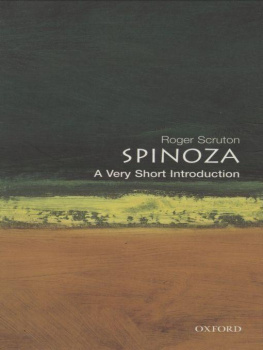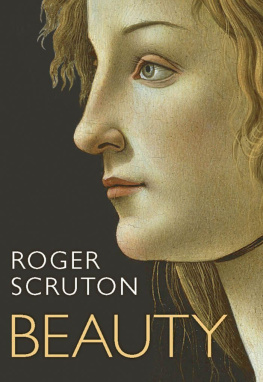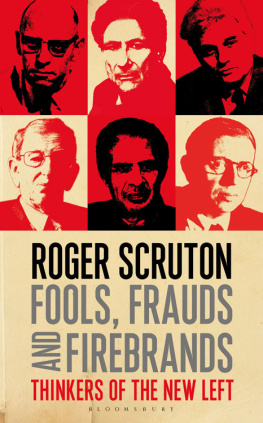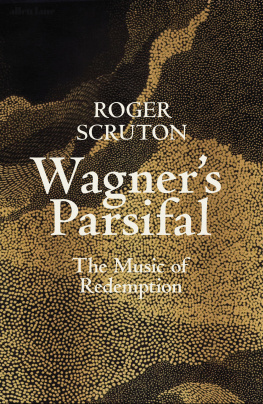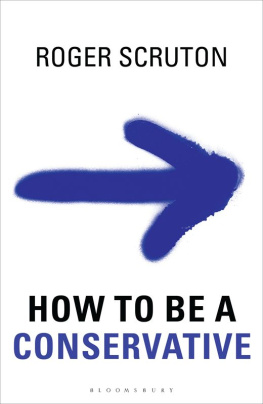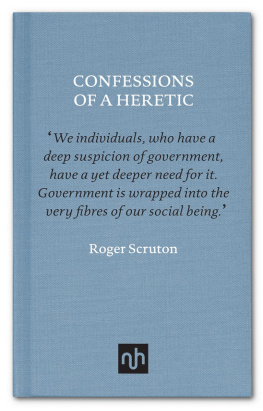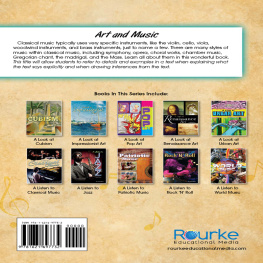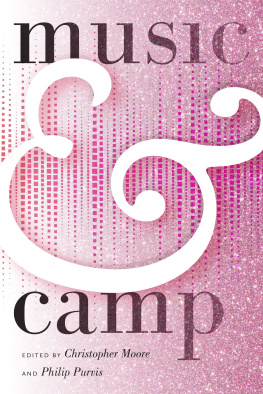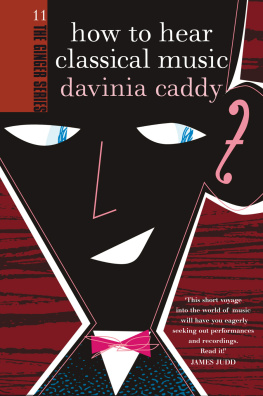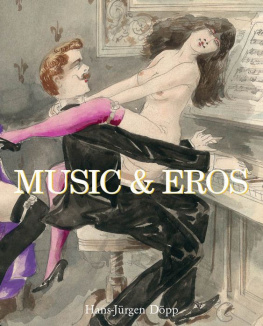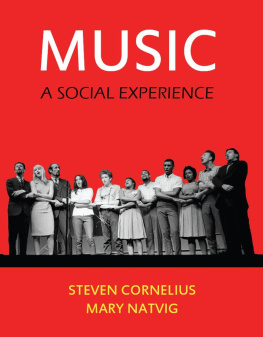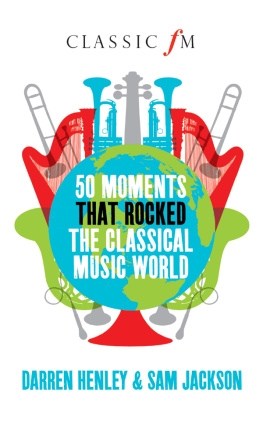MUSIC AS AN ART

CONTENTS
This book pursues further the lines of enquiry that I launched in The Aesthetics of Music (Oxford University Press, 1997) and took up again in Understanding Music (Bloomsbury, 2009). Some of the chapters are new; some have been adapted from articles and discussions in journals, and I am grateful for the permission to reuse already published material. Some chapters derive from articles published on the website of the Future Symphony Institute, and it has been the inspiration provided by that admirable organization and its founder and director, Andy Balio, that has prompted me to bring my thoughts together in the present volume. We live at a critical time for classical music, and it is my hope that this book will contribute to the debate, of which we stand in need, concerning the place of music in Western civilization.
In earlier times our musical culture had secure foundations in the church, in the concert hall and in the home. The common practice of tonal harmony united composers, performers and listeners in a shared language, and people played instruments at home with an intimate sense of belonging to the music that they made, just as the music belonged to them. The repertoire was neither controversial nor especially challenging, and music took its place in the ceremonies and celebrations of ordinary life alongside the rituals of everyday religion and the forms of good manners.
We no longer live in that world. Music at home largely emerges from digital machines, controlled by buttons that require no musical culture to be pressed. For many people, the young especially, music is a form of largely solitary enjoyment, to be absorbed without judgement and stored without effort in the brain. The circumstances of music-making have therefore changed radically, and this is reflected not only in the melodic and harmonic content of popular music but also in the radical avoidance of tonal melody and harmony in the modern classical repertoire.
In these new circumstances we can no longer assume that our musical tradition can be passed on merely by encouraging young people to listen to the works that we value. We have to teach them to make discriminations, to recognize that there is both good taste and bad taste in music, that there really are musical values, as well as musical pleasures. Twenty-five years ago, when I took up a position as University Professor at Boston University, I was asked to teach a graduate seminar on the philosophy of music a request that I welcomed, since it gave me the opportunity to work on themes that had interested me for many years. The seminar was heavily subscribed, and it was immediately clear on entering the classroom that the students were all on my side. This is, or was, the normal experience in an American university. The students wanted me to succeed, since my success was theirs. But it was soon also clear that we had entirely conflicting conceptions of the subject. I assumed that we would be discussing the classical tradition, as a repository of meaning and a fundamental part of our civilization. I assumed that the students would be ardent listeners, maybe also performers, who had been moved to ask, in the wake of some intense experience, what does this music mean? Why does it affect me so deeply, and why has my world been so radically changed by hearing it?
It was only after I had introduced the topic with a recording of Mendelssohns Hebrides overture that I realized what a difficult position I was in. Of the 30 or so students in the classroom, only 2 had heard the work before this work that I and my classmates at our local English grammar school had known by heart at the age of 16! Of the remaining students only half could say that they had heard much classical music, and almost all had assumed that I was going to get a discussion going around Hip-Hop, Heavy Metal and the pop groups of the day, such as U2, Guns N Roses and AC/DC.
Two things soon became clear, however. First, students encountering classical music in the context of study quickly understood that it is serious, in a way that much popular music is not. Secondly, all of them became aware that, when music is properly listened to, judgement of some kind is unavoidable. Listening is a time-consuming and intellect-involving process. It is not the same as hearing something in the background. Listening means singling something out for special attention: you are absorbing, interrogating and evaluating what you hear. Whether the music is worth this kind of attention is a question that arises spontaneously in all who listen seriously.
Taste in music is not like taste in ice-cream: it is not a brute fact, beyond the reach of rational argument. It is based in comparisons, and in experiences that have had a special significance. However impoverished a students experience, I discovered, it will not, under examination, remain at the level of thats what I like. The question why? pushes itself to the foreground, and the idea that there is a distinction between right and wrong very soon gets purchase.
Those schooled in jazz improvisation understood free improvisation as a discipline, in which chord sequences encode elaborate instructions for voicing and rhythmical emphasis, as well as for the notes of each chord. They knew that one and the same sequence will sound natural and harmonious or jumbled and awkward, depending on the movement of the voices from one place to the next. With a little bit of attention all my students could begin to hear that the voice-leading in U2s Street with No Name is a mess, with the bass guitar drifting for bar after bar.
Jazz improvisation lays great stress on melody, and on the punctuation of melody by semi-closures and ornaments around a note. Pop, however, is increasingly devoid of melody, or based on repeated notes and fragments of the scale, kept together by the drum kit, as it drives the bar-lines into the chords like nails into a coffin. Students would quickly recognize the difference between the standard entry of a pop song, over a relentless four-in-a-bar from the drummer, and the flexible and syncopated melody introduced without any background beat by the solo voice in Elviss Heartbreak Hotel. In the one case the rhythm is as though added to the music, coming into it from outside, and without respect for the melodic line. In the other case the rhythm arises internally, as it were, being precipitated out from the melody.
Pointing out those purely formal differences among pieces of popular music, I discovered, took students a long way towards recognizing what is at stake in the art of listening namely, the ability to absorb many things at once, and to understand the contribution of each part to the whole. Almost all my students had come to the class with a desire to understand why so much of the music they heard elicited the yuk feeling, while every now and then a song touched them in a way that really mattered a way they would want to share with someone close to them. So they were ready for the distinction between music that is put together from ready-made effects and music that grows from its own melodic inspiration. Gradually they became aware that songs can have a moral character, not by virtue of their words only, but by virtue of their musical setting. Even in the world of pop there is a clear distinction between kitsch like Toni Braxtons Un-break my Heart, immensely popular at the time, and straightforward sentiment, as in the Beatles most memorable numbers from a quarter of a century before.


